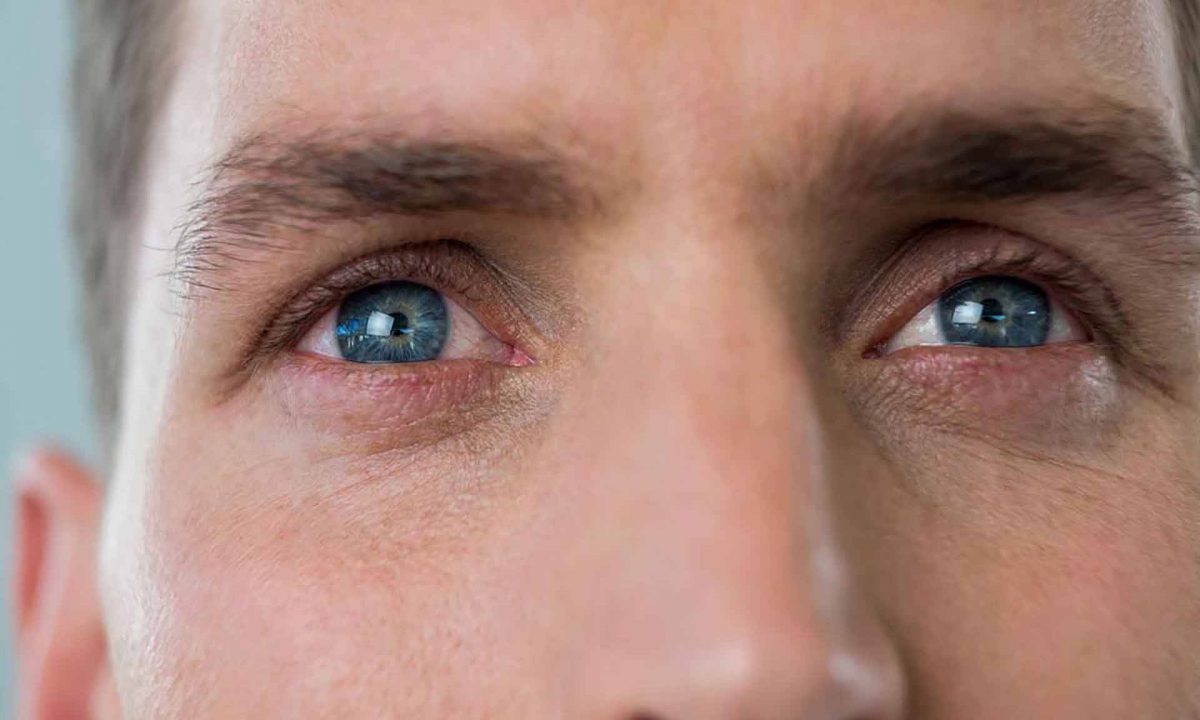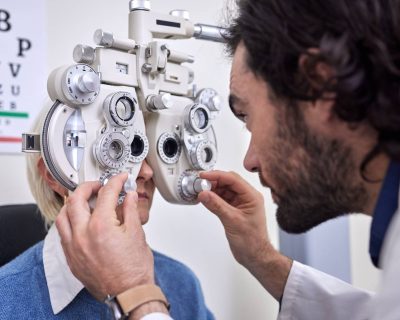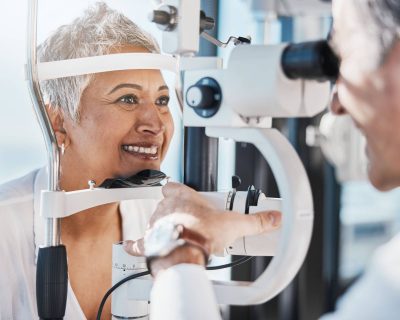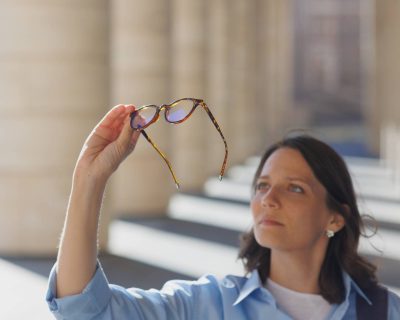
How Do Your Eyes Change with Age?
Generally, most parts of your body change as you age, and your eyes are no exception. With each stage in life, you are bound to experience some changes in your eyes. While some of these changes are positive, others may be negative. This is why it is often advisable for everyone to visit their optometrist on a regular basis for routine eye exams and early detection of any potential issues.
Here, we will outline how your eyes change with age.
Newborns
During the first few months, babies are only capable of focusing on items that are about 8 to 10 inches away from them. Over time, their eyes will begin to focus on their parent’s faces, even if they are a bit further than 10 inches. By the end of the first month, a baby’s vision will have improved significantly, however, their eye coordination is still very poor at this time. It’s not until roughly three months that an infant will be able to move their eyes in coordination or even follow the movements of an object.
Five to twelve months
By five months, infants will have better coordination and control of their eyes. This includes both eyes working together to focus on objects near and far. This will continue to improve for the next six to eight months. It is recommended that babies are taken for an eye checkup when they are roughly eight months old.
School-age
A child’s vision continues to improve as they enter school, their vision will be utilized differently as they begin to rely on their eyesight to perform important functions at school and home.
Adolescence and early adulthood
During adolescence, puberty will lead to a growth spurt that will also increase the size of the eyes. By their early 20s, a person’s eyes will have grown to their final size (around 24 millimeters). Any growth beyond this size may be abnormal and should be examined and monitored by an optometrist. Notably, due to the changes in their eyes, some adolescents and young adults will start to rely on prescribed eyewear to maintain clear vision.
Later adulthood
As you get older, the performance of your eyes may begin to diminish. The decline rate will accelerate when you are around 60 years of age and above. Also, you can experience reduced pupil size, dry eyes, decreased colour vision, vitreous detachment, loss of peripheral vision as you get older. Susceptibility to potential eye issues will also increase. Some of these issues include but are not limited to cataracts, presbyopia, glaucoma, and macular degeneration.
The human eye continues to changing and evolving over time, everyone experiences these changes at a different rate, but everyone will experience a change to some degree. This is why it is so important to have regularly scheduled appointments with your optometrist, they can track any changes with your eyes and detect any potential issues early on. With early detection, your optometrist can help you build a treatment plan that can either reduce the rate of change and correct your vision.




